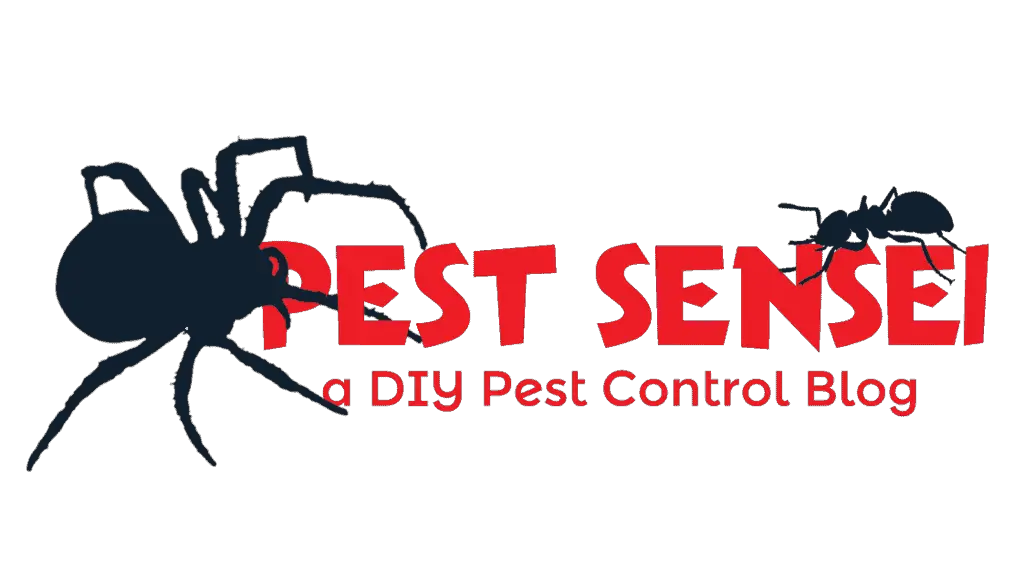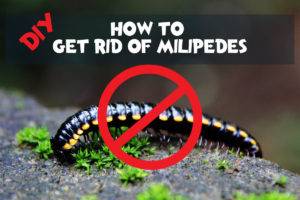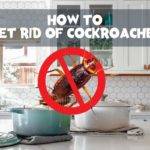Millipedes are occasional and seasonal pests. They can become an issue for homeowners under the right conditions. In this guide, I’ll teach you how to get rid of millipedes effectively, by yourself.
To get rid of millipedes, you need to find the source of infestation. Since millipedes commonly live in soil rich with decaying plant matter, your first suspect should be your planter area. While addressing the source, you should proof your house to prevent them from coming in. Treatment should be the last resort.
Continue reading to understand more.
Things to Know about Millipedes
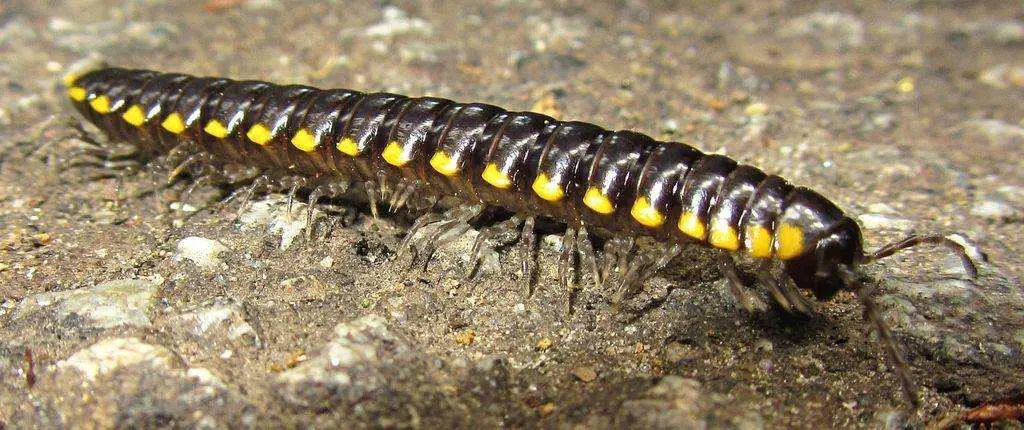
Millipedes are long-bodied arthropods that feed mainly on decaying plant matter such as leaf litters, compost, mulch, etc. They looked similar to centipedes, except millipedes don’t have poisonous fangs. On top of that, millipedes have 2 pairs of legs per body segment.
Refer to the table below to understand the difference between both millipedes and centipedes. If you are facing centipede issue, refer to this guide instead.
| Characteristics | Millipede | Centipede |
|---|---|---|
| Feeding habit | Scavenger | Predatory |
| Legs | 2 per body segment | 1 per body segment |
| Defense | Curl to expose only the hard exoskeleton, release irritating chemicals | Poisonous fangs and agile movement |
| Can bite | No | Yes |
Two common questions that I often get on millipedes are: do they bite? Are they poisonous? The answer is no to both questions. Millipedes don’t bite, and they are not poisonous.
When disturbed, millipedes curl their body to hide their soft spot. They also excrete chemicals to ward off their enemies. Those chemicals can cause some irritation on the skin.
Millipedes are found outdoors and often associated with soil. When the environment is conducive, and there is plenty of food, there can be a population boom. Some millipedes may crawl into houses and become a nuisance.
On the other hand, some people consider millipedes as pets. If you are lucky to have rare or beautiful millipede species invading your house, I am sure you can earn some pocket money out of them!
Addressing the Root Causes
Addressing the source of infestation is the best way to get rid of millipedes. There are 2 key criteria that attract millipedes: decaying plant matter and moisture. The combination of both is what the millipedes need to survive and multiply.
Remove Infested and Excessive Decaying Plant Matter
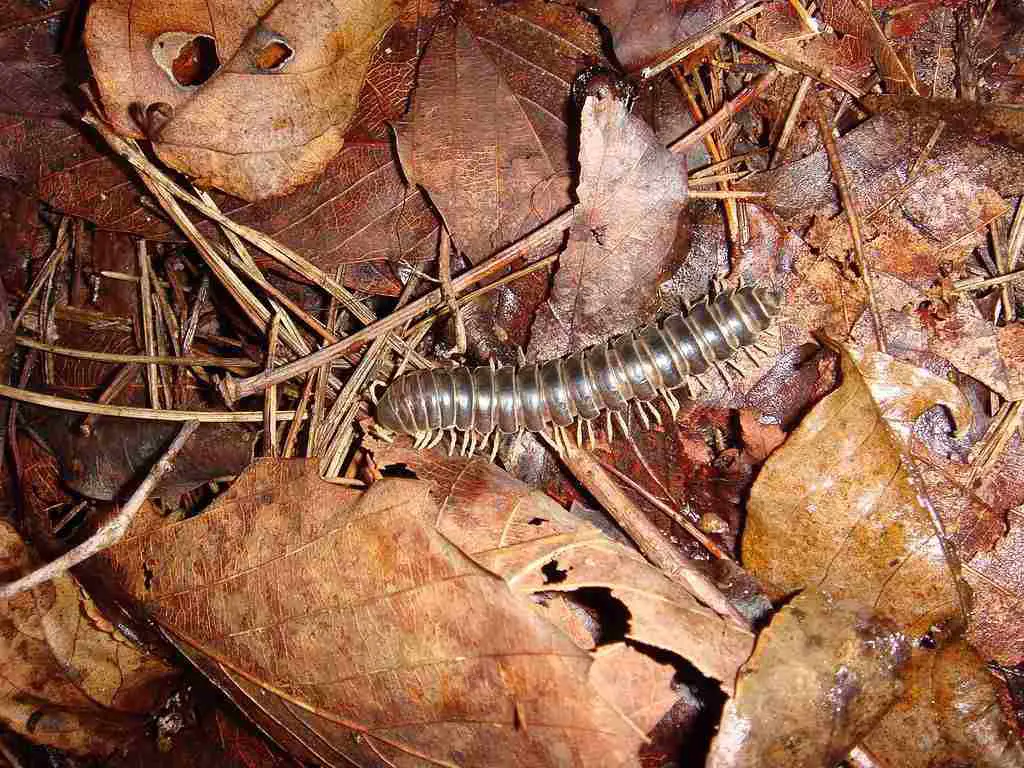
Check your planter area. You will probably find the millipedes there. Once you find the source, try to remove the mulch and leaf litters in the infested planters. They may contain eggs. Put them into a plastic bag and throw it away. Removing the mulch and leaf litter also deprives the millipedes of food.
If you look carefully, you can find juveniles (miniature millipedes) in the plant litter, soil, and underneath bricks, logs or stones. Remove them with gloves on.
Keep the mulch and organic compost at least 6 ft away from your building foundation. This helps reduce the chance of accidental intrusion by millipedes. Don’t over-mulch.
You should also dethatch your lawn to remove excessive organic matter that can serve as food for millipedes. It can be labor-intensive, but you just need a rake to do that.
Fix Excessive Moisture
Next, you need to fix the moisture issue. Millipedes thrive in moist environments. Reduce the moisture of your planter bed and lawn by doing the following:
- Water the plant during the day so that the soil is dry at night.
- Do not over-water the plants and lawn.
- Improve drainage to fix water pooling or puddles.
- Aerate the soil to improve drainage.
- Fix leaking pipes
Excessive plant matter can trap water. Removing them also improves moisture issues.
How to Prevent Millipedes from Entering My House?
You can prevent millipedes from entering your house by sealing cracks and crevices on walls and foundation, and gaps along utility lines using either putty or caulking.
Installing door sweep can also stop millipedes from crawling in. Consider using tough materials that can also stop rat intrusion, such as Xcluder door sweeps.
How to Kill Millipedes?
If the millipede infestation level is low, you can resolve the issue after addressing the breeding ground. The effect may not be immediate, because there will be hidden eggs and juveniles.
If the infestation is heavy, or you want to see a faster result, chemical treatment is required. There are a few products that you can use. But remember, always do the treatment after you’ve addressed excessive plant matter and moisture issues.
Natural Diatomaceous Earth
Diatomaceous earth is a non-toxic, naturally occurring matter. It is proven safe and effective in killing millipedes. Upon contact, it damages the exoskeleton of the millipedes, causing excessive water loss and ultimately death. In short, this is a slow-acting product.
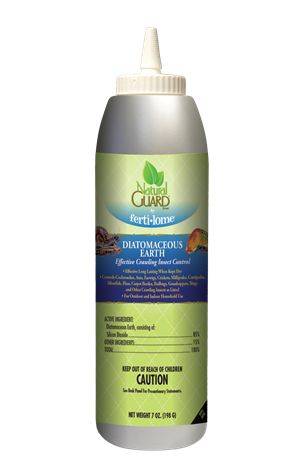
I recommend using Natural Guard Diatomaceous Earth. Apply a coating of diatomaceous earth on places where you find millipedes, around the perimeter of your planter or your building, or directly onto the millipedes.
Note that diatomaceous earth works only when it is dry. Although it is natural, it kills all other insects that come into contact with it.
Pesticide Spray
Pesticide spray is another effective option to kill millipedes quickly. Unlike diatomaceous earth, it can be used at places which is wet, making it suitable to tackle locations where diatomaceous earth cannot be used.
I recommend using PT 565 Plus XLO. It contains pyrethrin, a naturally occurring compound found in Chrysanthemum flowers. Pyrethrin has fast knockdown effect that immobilize pests quickly. On top of that, this product is augmented by piperonyl butoxide, a compound that doesn’t kill pests by itself, but enhances the effect of pyrethrins.
Spray PT 565 Plus XLO directly on to the millipedes to kill them. Be sure to use the crack and crevices nozzle/straw, since it produces larger droplets suitable to tackle crawling pests.
Final Words
Most of the time, it is easy to get rid of millipedes in your house. If you can’t handle the infestation though, make sure you get help from a pest control service provider. You can get a non-obligatory quote from your local service providers on Networx.
Lastly, do share my blog if you find it helpful!
Additional Information
Are home remedies effective to get rid of millipedes?
Vinegar, pepper, onion, etc. are often touted as home remedies capable of getting rid of millipedes. They may repel millipedes, but only for a short while.
Can I get rid of millipedes using boric acid?
Yes, you can. Like diatomaceous earth, pure boric acid can be dusted around breeding ground and perimeter to kill millipedes. It is slow acting and works best when dry.
How to get rid of millipedes at my doorsteps?
The easiest and fastest way to get rid of millipedes crowding at your doorstep is to sweep them using a broom or vacuum them. Transfer them into a trash bag and dispose of them in the trash bin.
Can millipedes breed inside my house?
Millipedes can breed inside your house if you have indoor planter boxes with moist soil rich with plant matters. Otherwise, they can’t breed inside your house.
